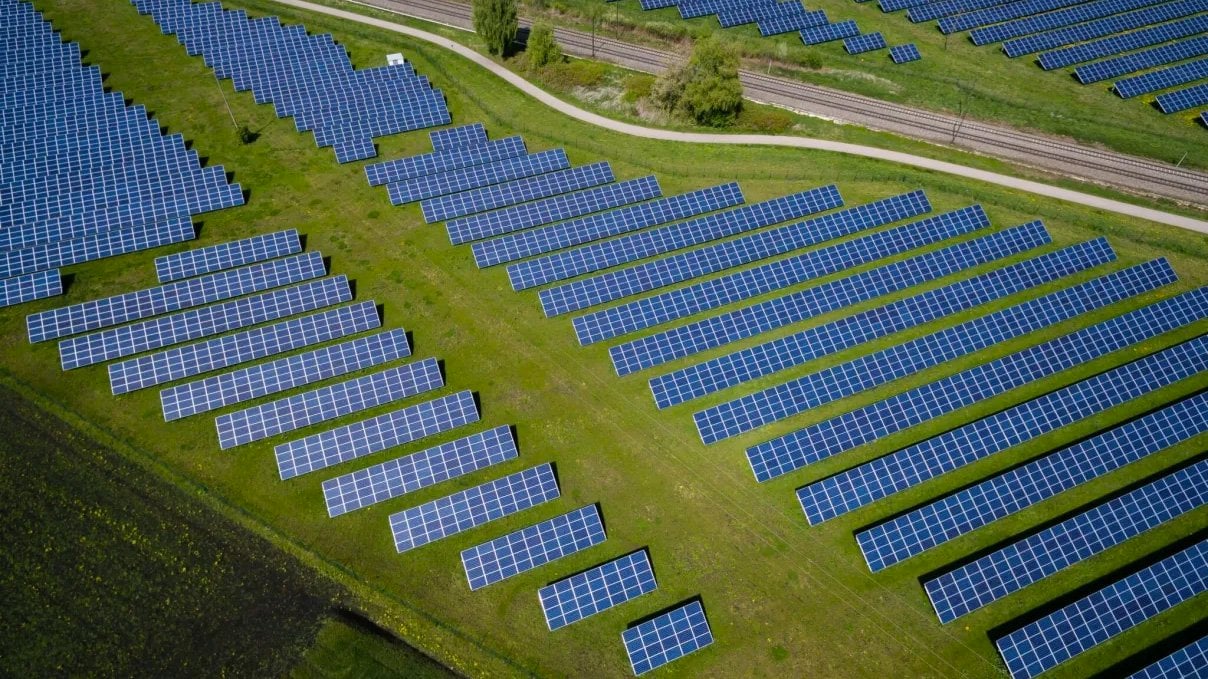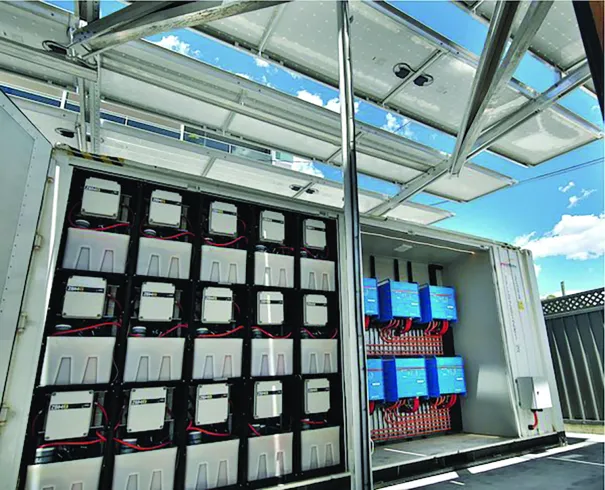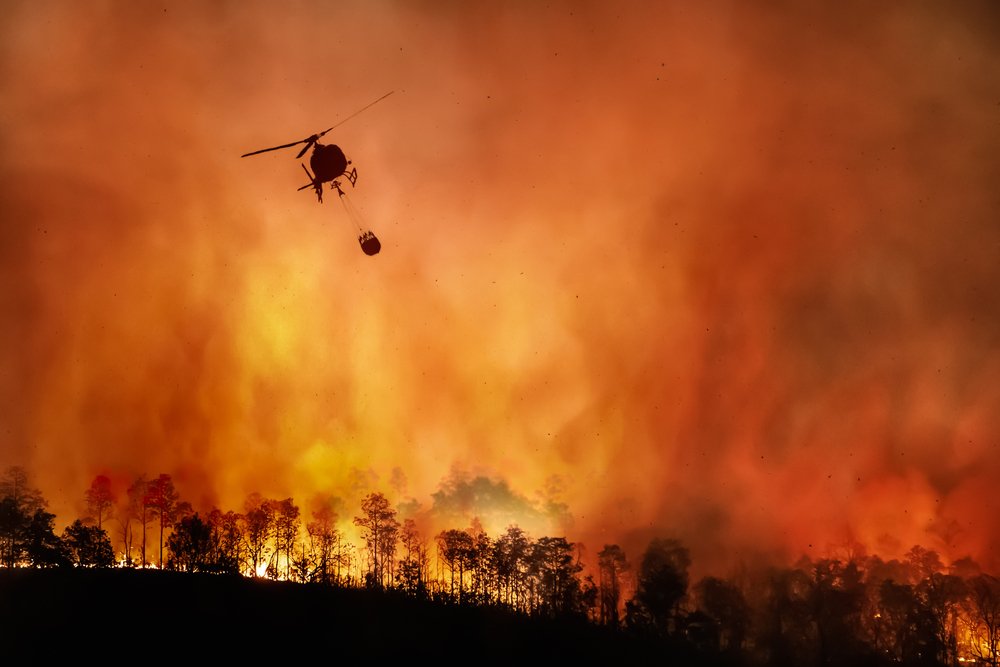
Mycorrhizal fungi—soil-dwelling fungi that exchange nutrients with plant roots—are important players in plant and soil health. A new study suggests they are also significant carbon pools.
Researchers estimated that the fungi receive the equivalent of 13 billion tons of carbon dioxide (CO2) annually from plants—equal to 36% of current annual fossil fuel emissions.
“This confirms that the carbon flux to mycorrhizal fungi is globally significant,” said Karina Clemmensen, a biologist at the Swedish University of Agricultural Sciences, who was not involved in the research.
Exceeding Expectations
Mycorrhizal fungi absorb water and mineral nutrients such as nitrogen, sulfur, and phosphorus from the soil and deliver those nutrients to their plant partners. In return, plants provide the fungi with sugars and fats produced during photosynthesis.
This mutualism between plants and fungi has a long history: Mycorrhizae have been found in plant fossils more than 400 million years old. Today, most land plants form relationships with mycorrhizal fungi. (Notable exceptions include mosses and cabbages.) The fungi form a vast subterranean web that stabilizes soils, shuttles nutrients toward Earth’s surface, and allows plants to grow and thrive.
Because plants supply mycorrhizal fungi with carbon-rich food, the fungal web can potentially transport—and store—large amounts of carbon. But so far, this potential has been underappreciated, said the study’s lead author, Heidi-Jayne Hawkins, an ecologist at the University of Cape Town and director of research at Conservation South Africa. “We have known for some time that these fungi are ubiquitous and vital across the planet,” she said, but “soil fungi are more difficult to study than organisms aboveground, and progress tends to be slower.”
To put a number on global mycorrhizal carbon cycling, Hawkins and her coauthors consulted 198 published data sets recording the percentage of plant-derived carbon that ends up in mycorrhizae. Some mycorrhizal fungi receive only 1% of a plant’s carbon budget, with the rest going into plant biomass; others receive far more.
The researchers combined this information with estimates of the total amount of atmospheric carbon taken in each year by various groups of plants. This enabled the authors to extrapolate how much carbon is allocated annually to mycorrhizal fungi.
The researchers compared their result with the total annual CO2 emissions from fossil fuels. “We were surprised that the flux to the fungi amounted to 36% [of CO2 from fossil fuel emissions],” Hawkins said. The high carbon flux implied that mycorrhizal fungi can influence atmospheric CO2 concentrations and could amplify or reduce global warming.

Interested in learning more about climate science & solutions? Join us for Techonomy Climate NYC.
Taking the Fungal Perspective
The result should be interpreted as a rough estimate that can guide future, more refined investigations, according to Clemmensen. To truly understand mycorrhizal fungi’s role in carbon cycling, she said, scientists must first understand their life cycles and interactions with their surroundings: “[We need] to take the fungal perspective!”
Most of the source data were obtained from short-term laboratory studies, Clemmensen explained, so they may not reflect how mycorrhizal fungi store and transport carbon in nature or in the long term.
Importantly, not all the carbon accepted by mycorrhizal fungi remains in the soil. Fungi release CO2 as they respire, or breathe, and can either promote or inhibit decomposition of organic matter, which reintroduces CO2 to their surroundings. Some carbon is incorporated into fungal biomass underground, but the total size of that biomass, as well as the effects of respiration and decomposition, is still unclear.
Hawkins said she hopes these questions will be addressed as mycorrhizal fungi receive more attention from researchers. “While there are uncertainties, mycorrhizal fungi certainly constitute a substantial carbon pool—and one we do not want to lose,” she said.
Soil fungi are threatened by agriculture and development but are often neglected in environmental policy and conservation efforts. Agricultural practices such as preferring perennial to annual crops, not tilling the soil, and planting diverse crops can prevent damage to fungal webs, Hawkins said. In addition, protecting natural forests and grasslands helps to preserve fungi.
Clemmensen agreed that mycorrhizal fungi deserve environmental consideration. “Most plant species form symbioses with tens to hundreds of fungal species,” she said. “In my opinion, the most important action would be to conserve the few pristine ecosystems that we have left to secure their biodiversity.”
Techonomy Climate NYC: Solutions That Scale
This in-person event in NYC focus on the business of fighting climate change bringing together climate experts, industry giants, entrepreneurs, and other leaders.
Register Virtual Only














